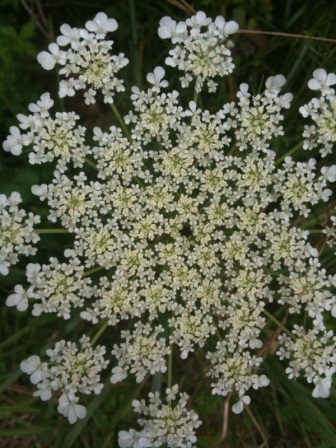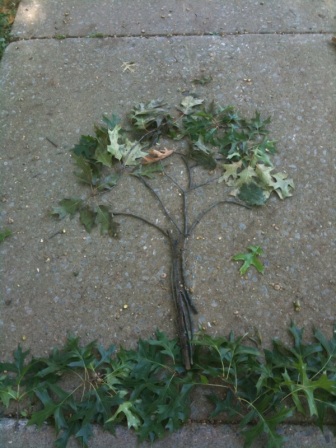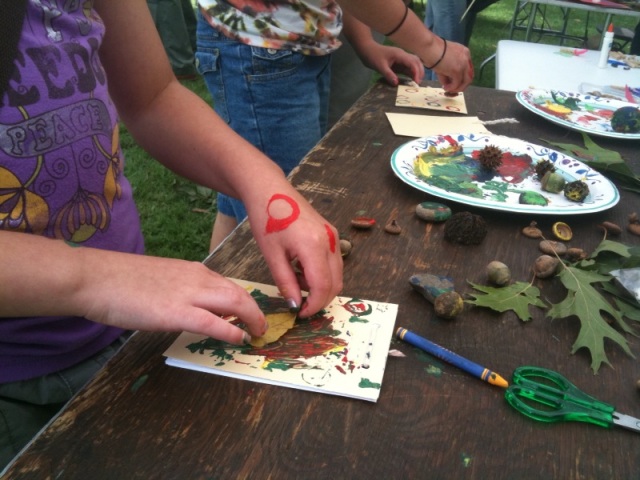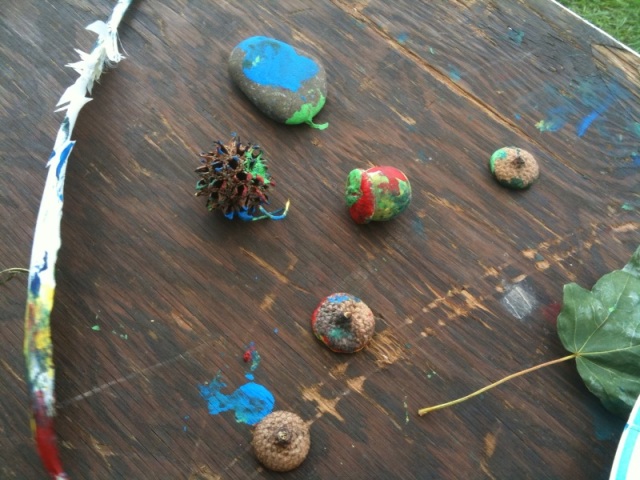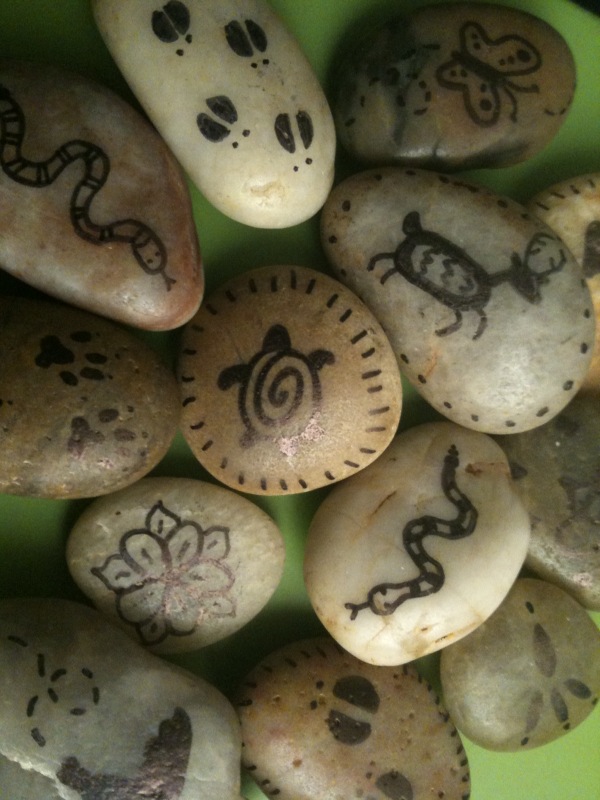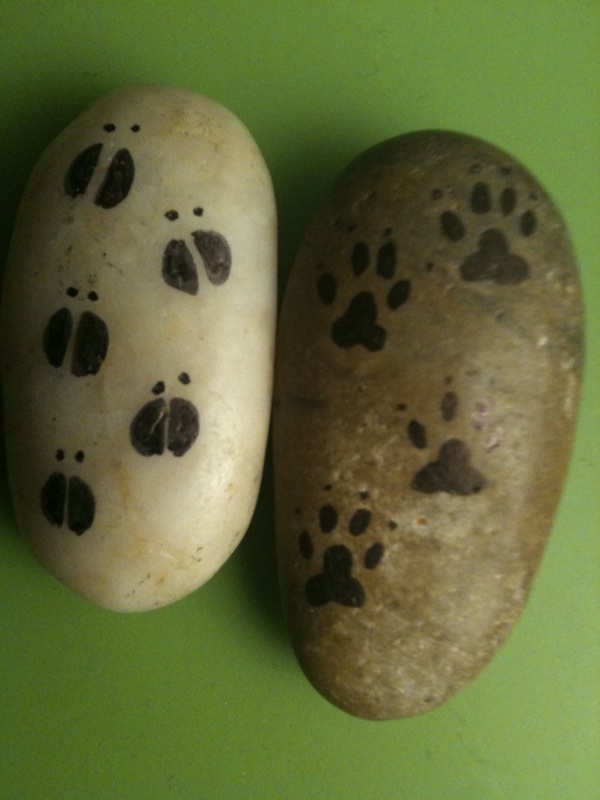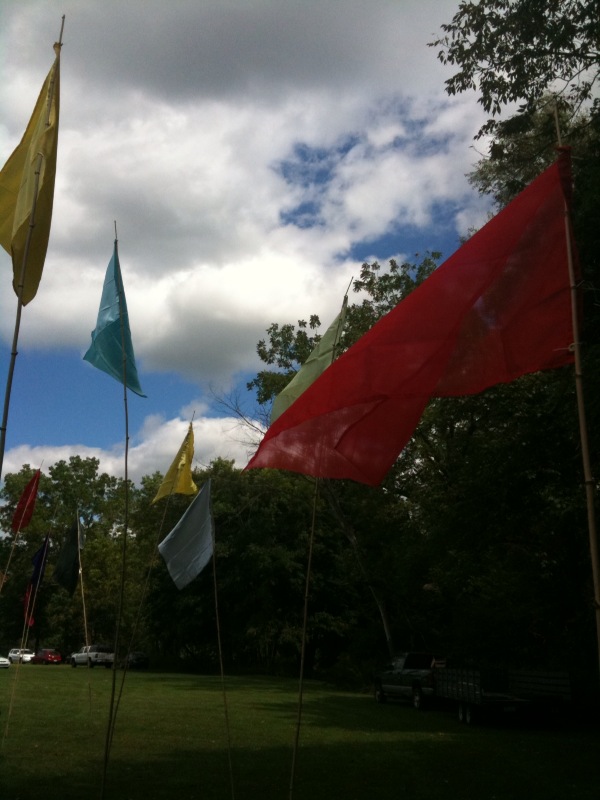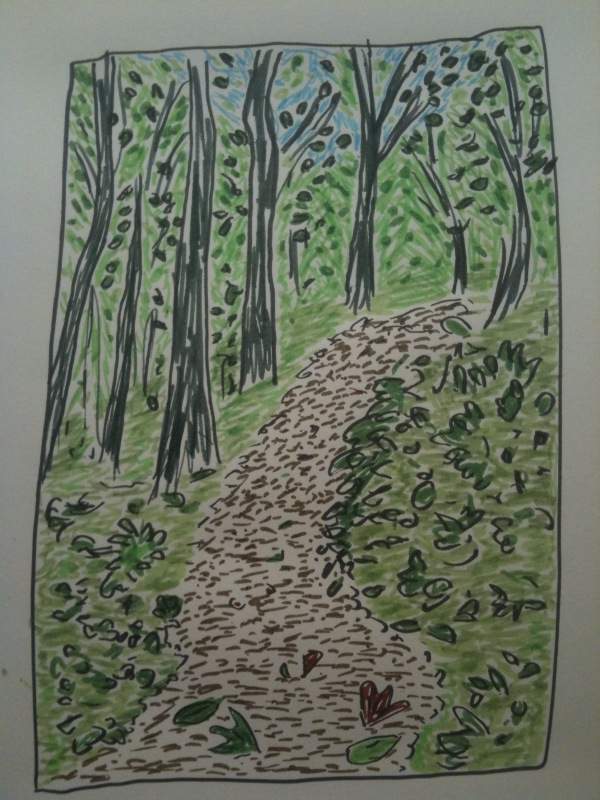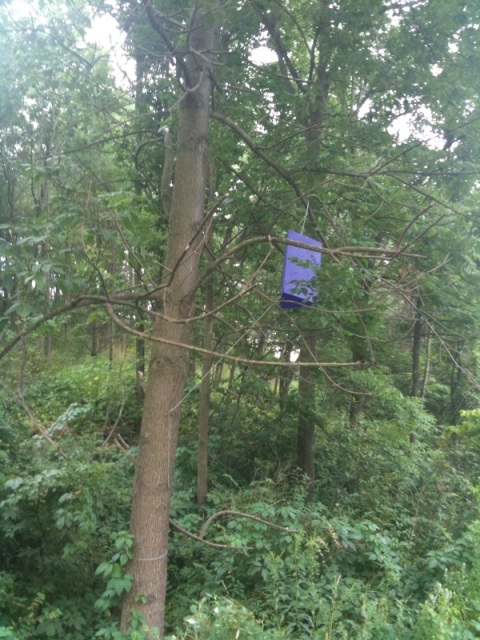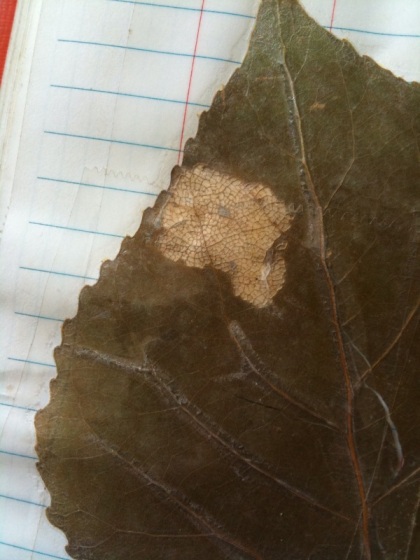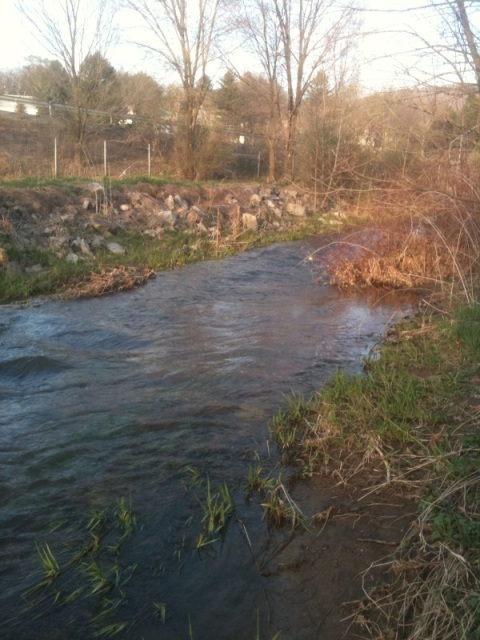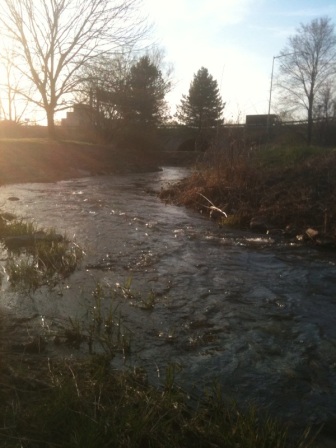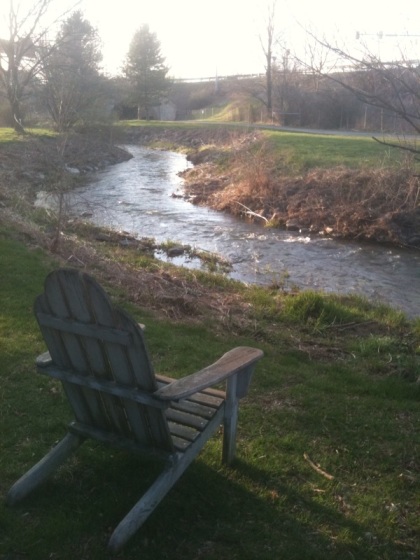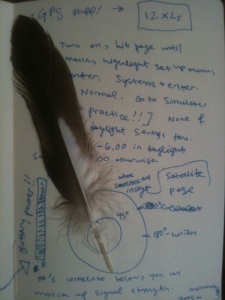Change has finally arrived to the world outside my window. The snow that poured down just a week ago is gone from sight. The birds are singing and fluttering outside my window. The internet nature-lovers community is on fire with talk of gardens and composting. There is another change happening too–during this in-like-a-lion out-like-a-lamb-at-least-we-hope month, I am turning 25 years old.
One of my favorite personal blogs, Dig this Chick, has a post every birthday where she writes one thing she currently loves for each year she has been alive. I really like reading these posts, and thought I would try my hand at it, with a nature twist. So here, dear readers, are 25 things that currently inspire me about nature, science, and being outside.
.
.
1. The Sun. Gentle enough to make your take off your jacket and stretch out on the grass, powerful enough to burn you from even 9.3 million miles away.
2. A smooth, round stone held loosely in the palm of your hand.
3. Powering myself over the landscape with just my heart, my lungs, my feet.
3.. Time-lapse videos that show how plants grow.
.
.
4. The smell of the earth after a gentle rain.
5. Evolution. By far the most exciting thing I have ever learned about the world. I see the evidence for it and proof of it everywhere I turn my eyes, and it fills me with wonder.
6. Life finds a way. I am partly using this phrasing because we just watched Jurassic Park, but also because it is true. I certainly don’t want to force life to always find a way between our concrete and glass, but I really appreciate that it does.
7. Feeling the warmth of the day still radiating from a rock face even after the sun has gone down.
8. Looking for animal tracks.
.
.
9. Holding leaves, eggshells, snow, mud, and yes, sometimes animals in my hands. (Sorry, take only pictures leave only footprints rule! I follow you most of the time, I swear!)
10. Teaching others about nature, and hearing what they think about it. The kids I teach always have really great insights and questions, and I love hearing their perspective.
11. The online nature-lovers community, and everyone who I have “met” through it. This sounds a little cheesy, but I love feeling like I am a part of this group, and I have met many people who have supported me and shared my posts and pictures with others. It has been awesome to see what other people are working on and what they are inspired by. So thank you for all of the kind words and support!
12. Walking under naturally formed archways in the forest.
13. Learning about an animal or plant I’ve never seen before, like the raccoon dog.
14. Splitting apart a sedimentary rock with a sharp rock hammer and wondering what you will find inside.
15. My magical childhood.
.
16. Songs with lyrics inspired by nature. This is a little nerdy, I know, but I can’t help it.
17. Making boats out of pieces of wood and leaves and sending them down the creek.
18. This video, which I can’t believe is real.
.
.
19. Queen Anne’s Lace.
.
20. A milky clean journal page and a fine tip pen.
21. The signs animals leave behind.
.
22. Taking photographs of the natural world around me.
23. The way nature calls to almost all people in some way, even if they don’t know too much about or don’t spend a lot of time in it.
24. Knowing that I am the product of 2.5 million years of humans, 200 million years of mammals, 3.8 billion years of cells, 4.5 billion years of earth, 13.7 billion years of space, and who knows what before that!
25. Being alive! Seeing what there is to see.
.
I wonder what will inspire me next year? How about you, readers? What makes you want to get outside or learn more about the world around you? What keeps you excited and yearning for more? What special connections do you feel for the plants and animals in your backyard?
Thanks for reading, and as always, I’ll see you out there!



